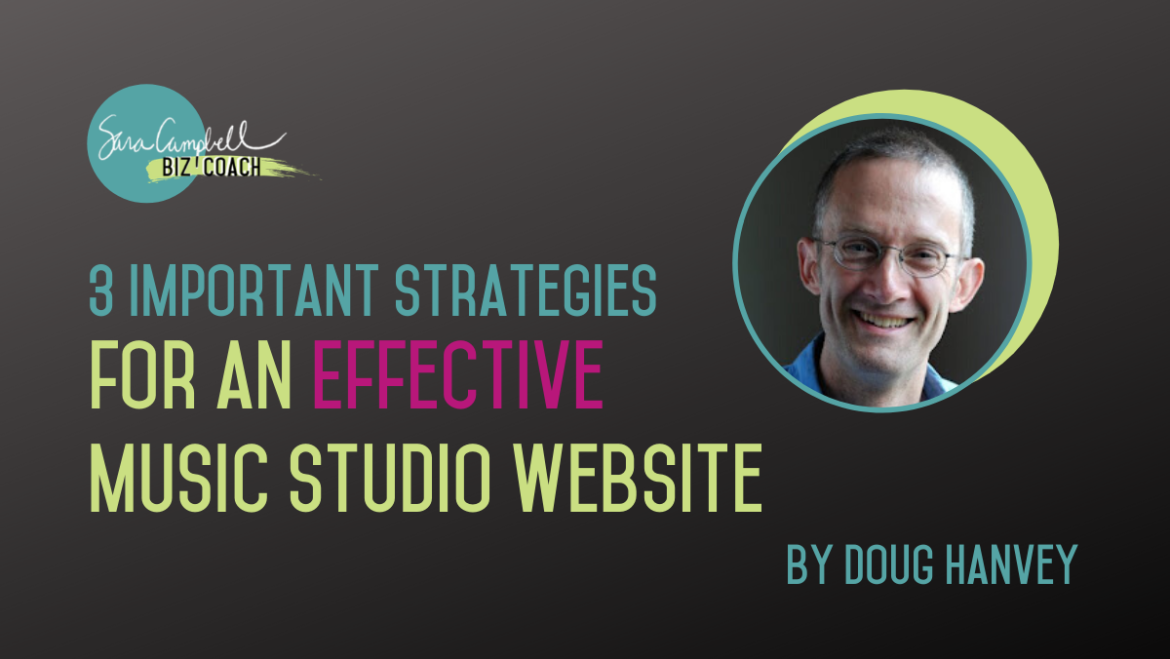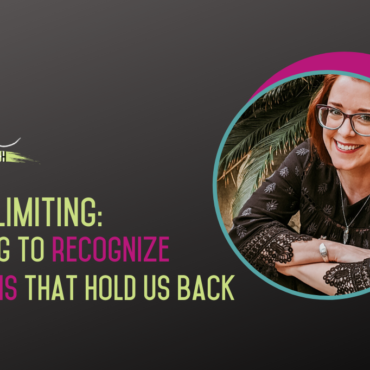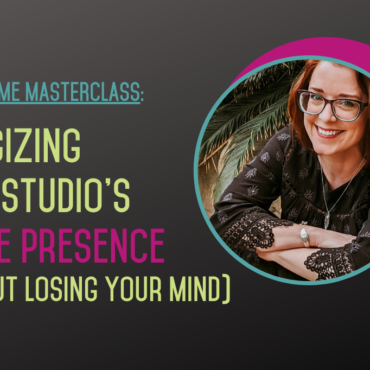3 Important Strategies for an Effective Music Studio Website
This fabulous guest blog post is brought to you by music educator and author Doug Hanvey. He’s been a guest writer on many well-known music blogs, and I’m excited to share his wonderful advice with you! Here’s a great post about about website strategies for your music studio… Hope you all enjoy! ~ Sara
The Internet is funny. In some ways, browsing the web is almost the opposite of studying the piano. Learning how to play the piano trains attention, whereas browsing the web fractures it. In fact, it’s been said that the average website visitor decides within seven seconds whether to keep reading. The question that every visitor is asking during those seven seconds, even if they don’t know it, is “Am I in the right place? ”
All your website really needs to do is answer this question in the affirmative for as many visitors as possible, and then give them an easy way to take action. Here are three important strategies for doing just that.
#1: Use Second Person
Prospective piano students and parents read your website with their own needs in mind. Believe it or not, you and your accomplishments are probably not the most important thing to them. On the home page especially, avoid being the ego-centered musician who proudly trumpets your successes (save this for your “About” page). Instead, focus on the reader’s interests by making liberal use of the words “you” and “your.”
#2: Reveal Yourself
Piano teaching is a personal service (though in stressful times we may feel that we are actually selling a product!). It surprises me how often I come across studio websites and struggle to find a photograph of the teacher (sometimes to no avail). As a potential student, I will be entering into a relationship with my new teacher. Despite the trillions of words to be found on the Internet, the medium has predisposed us to prefer images. Since most people don’t have time to read every word on your website, a smiling, approachable photo can say more about your personality than several paragraphs of content.
#3: Use AIDA
With apologies to Giuseppe Verdi, composer of the opera Aida, AIDA is an acronym meaning Attention, Interest, Desire, and Action. In a way, AIDA sums up everything that happens between helping your visitor understand that they’re in the right place and getting them to take action. This formula can be used to structure the content on your homepage or other pages on which you describe the specifics of your pedagogical approach.
Attention
Get your reader’s attention by writing a compelling, newspaper-worthy headline. Every webpage should have one. Headlines are also important for the purposes of “search engine optimization” – helping your website to rise to the top of the rankings for the keywords that people use to search for it on Google or other search engines.
Interest
Next, further the reader’s interest by showing how your pedagogical approach is a good fit for their needs. This can be facilitated by demonstrating what differentiates your studio from other studios. Obviously, not every piano teacher is going to be an optimal match for every piano student. Once we admit this, we can focus on what makes us unique and the best teacher for certain students. Then, by articulating our differences, we will capture some readers’ interest – the students that are meant for us.
Desire
The third part of AIDA involves increasing the reader’s desire by specifically demonstrating how your approach will satisfy their needs. This requires demonstrating the benefits of studying with you. After all, when we buy something, we buy it for its benefits. As the saying goes, we don’t purchase a drill, but a hole. Understand the benefits your prospective students are seeking and articulate how you provide those benefits, and they will be ready for the final step of AIDA, taking action.
Action
Your website should make it easy for readers to take action. What is the action you want them to take? Most likely, it will be contacting you to discuss whether you are a good fit for each other and/or to take a trial lesson. With that in mind, there’s an axiom in sales that you should always ask for the sale. This can be as simple as using the phrase “Ready to learn more or schedule a trial lesson? Contact me at…” Be sure to have a contact page and a link to it in the main menu of every page of your website.
Focus on your visitor by liberally using the second person, reveal your personality in a photo, and use AIDA, and you’ll be well on your way to an effective studio website that brings you the students that are meant for you.
Check out Doug’s other guest post — 3 Indispensable Marketing Strategies for Music Teachers
 Doug Hanvey teaches piano in Portland, OR. His Piano Lab Blog offers fresh ideas, tips, and inspiration for music teachers. He also offers virtual piano lessons for adults.
Doug Hanvey teaches piano in Portland, OR. His Piano Lab Blog offers fresh ideas, tips, and inspiration for music teachers. He also offers virtual piano lessons for adults.





